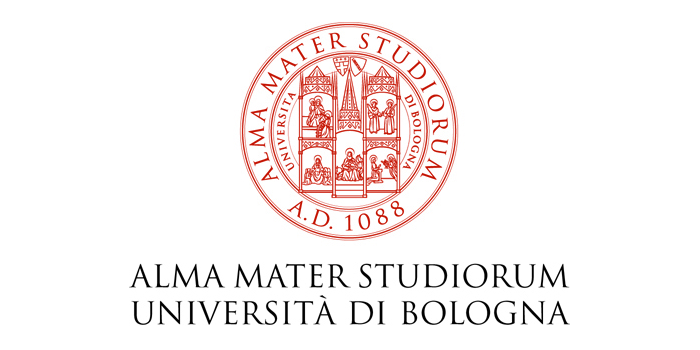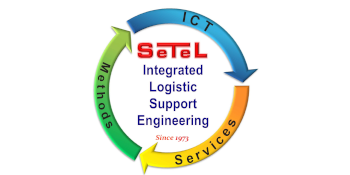Technical challenging for ADAS/AD sensors evaluation in complex real road scenarios
Mirko Muro
Stellantis N.V.
ABSTRACT
The safety and effectiveness of modern ADAS (Advanced Driver Assistance Systems)/AD (Autonomous Driving) strongly depend on the ability of these systems to detect the physical environment in which they operate, represent surrounding objects in a virtual field, extract the main information and respond accordingly in real time. Objects such as roads, vehicles, road signs, pedestrians, animals or simply generic obstacles must be recognized by the functions to create an operational scenario, compute the future states of that scenario and properly maneuver the vehicle, e.g. braking or changing trajectory. The performance is related to the accuracy of the sensors being able to recognize the 3D objects and environment. The assessment of these basic sensors could be evaluated in controlled real scenarios such as test tracks or dedicated test sites, which is very challenging when the tests are performed on public roads where the environment is extremely more complex. Identifying a robust methodologies and ground truth is needed to reach robust evaluation of ADAS and AD sensors and function.
SPEAKER BIO
Mirko Muro, Technical Specialist at FIAT Research Centre within Advanced Technology & Pre-Development Programs, took a degree in Telecommunication Engineering at the University of Trent. Since 2007 he has worked firstly in info-telematics for Intelligent Transportation System, recently he has focused in development methodologies to evaluate performances of Advanced Driving Assistance Systems for Stellantis.


























